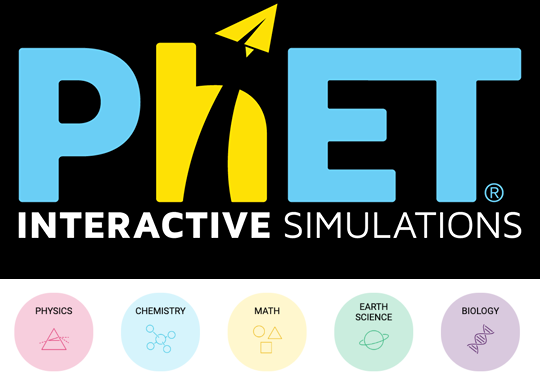

There are several important things to consider when conducting lab activities in an online course:
Online Simulations: A simulation can be used as a good pre-lab activity to ensure that students understand the concepts to be addressed in an actual lab. A simulation might also be a good alternative when the cost of a field trip is too high. The PhET collection of free simulations is excellent. The Concord Consortium is also very good.

Offline Simulations: Microsoft Excel may not seem exciting, but with a data set you can manipulate, and a dynamically updating graph, you can illustrate some abstract concepts with simple simulations that model things like predator-prey interactions, population growth, competition, and the spread of infectious diseases, where students can change the variables and see what happens.

Recorded Demonstrations: Perhaps you could record a demonstration of a lab, either to show how it's done, or because it is unsafe or impractical to conduct at home. Maybe it uses dangerous chemicals or expensive equipment, though there's even a solution for that! You can use your phone or the Kaltura capture app to record the lab activity and stream the recording to students via Bb Learn.
Hands-on at home: The great thing about hands-on labs is that they help you to understand that, while the theories are neat and tidy, the real world is often more messy and less predictable. Some lab activities can be assigned to be completed at home, offline using inexpensive and readily available materials. DIY Science labs can demystify the process and be a lot of fun for the whole quarantined family! Extract your own DNA, build a molecule, simulate competition among birds, or design a self-sustaining biosphere. To assess these projects, have students upload their results (data charts and graphs), do a brief writeup of their observations, answer your questions, or record the activity with photos or a video.
Resources: Dr. Lisa Whitenack, a colleague at Allegheny College, has created an open Google sheet of resources that you can review and contribute to. It's a good, and growing list.
Field Trips: In some courses, like Ecology, Ornithology, Marine Biology, or Geology, a field trip may be an essential component of the class. Because of COVID-19, sending large groups of students to a field site in a passenger van would increase the risk of viral transmission. It might be possible to have students drive separately or in smaller groups (roommates and close friends who are already in regular contact) to a field site and maintain social distancing. Another option would be for students to do these activities independently with a printable set of instructions and a map to get them to the field site. Perhaps you could visit the site yourself in advance, and record some demonstration videos for them to watch before their field trip. One way for students to document what they did in the field would be to take pictures or record short videos with their phone in addition to whatever kind of field notes are required. Here's a set of instructions for conducting a quadrat sampling activity in Ecology, which students could do independently or at a safe distance from each other.
Virtual Field Trips: Here are some more innovative examples using Zoom and a Park Ranger:
